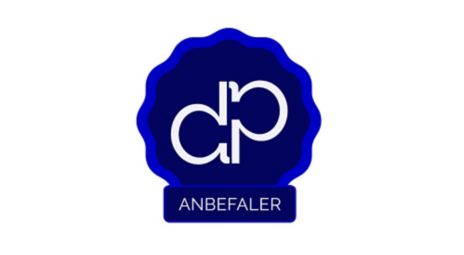DNB Global Indeks
DNB Global Indeks is an index-tracking equity fund that mainly invests in companies listed on stock exchanges and regulated markets in developing economies.

Index-tracking equity fund
Invests in companies listed on stock exchanges and regulated markets in developing economies
On your mobile phone, you buy DNB Global Index in The Spare app
You can buy DNB Global Indeks using a computer or in the Spare app

DNB Global Index gets dice roll of six on Dine Pengers Penger’s overview of the best fund in 2025.
DNB Global Indeks
The fund is passively managed. The aim is to replicate the return of the fund’s reference index, MSCI World Index Net.
The goal of the fund is to produce a return approximately equal to the reference index before costs. The fund’s composition and risk is similar to the reference index.
Minimum purchase amount is NOK 100. With a savings scheme in mutual funds, your savings happen automatically every month.
Costs for DNB Global Index A
- Annual cost 0.20%
- Ongoing charge: 0.10%
- Platform fee 0.10%
Price example: For an amount of NOK 100,000 invested, the platform fee will amount to NOK 100 and the ongoing costs will amount to NOK 100 over the course of a year. A total of NOK 200 per year.
Any transaction costs to the Portfolio Manager are not included in the cost overview. These are given under cost details on the summary page before you buy the mutual fund.
DNB Global Indeks - a global index fund
A global index fund is a fund that invests in all the major markets in the world. Global index funds are trying to recreate the value growth of the largest companies worldwide.
Examples of developed economies and markets are the US, Japan and Germany. Typical companies that are part of the portfolio of global index funds are Tesla, Apple, Nvidia and Microsoft.
.
Passive management
Passive management (index-based management) involves the mutual fund’s investments following a specific reference index. Since the index fund, among other things, does not have managers trying to generate better returns than the index, the costs are lower than for actively managed funds.

Are you looking for advisory services?
Find out which type of investment is right for you. Our advisers will do a review of your overall finances and what you want to get from your savings.

The Spare app
The Spare app brings all your savings together in one place and gives you a full overview of your investments.
Historical returns are no guarantee of future returns. Future returns will depend, among other things, on market developments, the skill of the Portfolio Manager, the mutual fund’s risk, and the management costs. Returns may be negative as a result of mark-to-market losses.
See more mutual funds here
See all our mutual funds
See our full range of mutual funds here
Digital adviser
Get customised research and investment suggestions adapted to you.
DNB Nordisk Utbytte
Invests mainly in companies that pay dividends
DNB European Defence
Invests in companies that are relevant to the overall defence system
DNB Kjernekraft
Invests in companies involved in the nuclear sector
DNB Global Enhanced Small CAP
Invests in small and medium-sized companies in advanced economies (IMF)
DNB Fund Disruptive Opportunities
Invests in companies that operate in pioneering technologies
DNB Fund Nordic Small Cap
Invests in smaller, publicly-listed Nordic companies
DNB Norge
Invests mainly in Nordic securities on the Oslo Stock Exchange
DNB SMB
Invests in small and medium-sized businesses, mainly in Norway
DNB Bioteknologi
Invests in vaccines, medicines and diagnostics
DNB Health Care
Equity fund that invests in healthcare companies globally
DNB Finans
Invests in the financial sector and other related businesses
DNB Global Emerging Markets
Invests in developing markets across the world
DNB Global
Normal breadth of exposure across regions and sectors
DNB Teknologi
Broad exposure to the digital companies in the world
DNB Global Indeks
Invests in companies listed on stock exchanges in developing economies